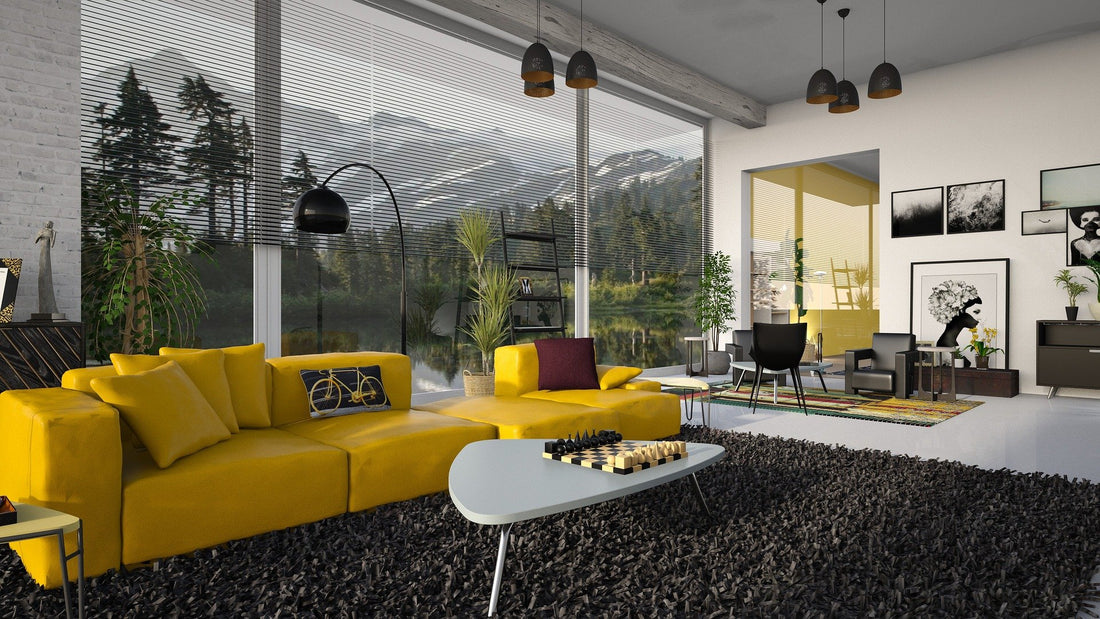
When designing your modern style home, you may wonder how to go about selecting furniture to go with it. Be careful that you don't confuse modern with contemporary furniture. Understanding the spirit of the society during a particular style's period is important when it comes to designing with that particular style. In this article, I would like to take a look at the characteristics of both Modern and Mid-Century Modern furniture.
A new age began after World War I, when the rise of industry and technology brought about radical changes in society that were reflected in modern design. People were scarred by the war, and some were even homeless because of bombs that had destroyed their homes. Mass production brought about a change in society; it meant cheaper products and more free time. Tubular steel, plywood, and plate glass were then introduced into the furniture world (Miller).
Tubular steel was known for its strength and pliability, as well as its ability to create lightweight furniture. Cane is also known for its light weight. Leather and hide were appreciated for its versatility and became a widely popular material. Bent plywood is another characteristic to look for in modern furniture, as well as chrome-plating. Finally, glass was used to create clean, concise lines in furniture design.
You may not have known it, but your collapsible butterfly chair also originated, and was the biggest success, during these times. If you don't own one, the butterfly chair has a tubular frame and a butterfly-shaped slipcover (which was originally made of leather) that can be removed.
You will recognize modern furniture by its plain surfaces; surface decoration was almost entirely abandoned by furniture designers during this time. Other characteristics to look for are: curvaceous lines, exposed structures, geometric forms, and cantilevering (where an object appears to be floating without any support). Black was also becoming popular among designers.
Between the end of World War II and the early 1960s, on the other hand, life was filled with optimism and prosperity. A new spirit took over the industry, and consumer society began to bloom once again (Miller).
In Mid-Century Modern furniture, look for plastics, molded plywood, and aluminum. Fabrics were coming back in, as well. Stretch fabrics allowed for designers to explore new forms over internal framework to create unique shapes. Rubber padding and foam padding were able to be applied to framework and molded into almost any shape necessary. Other characteristics include metal-rod construction, Japanese influences, splayed legs, organic forms, horizontal lines, and bold colors.
Modern and Mid-Century Modern designers included Ludwig Mies Van Der Rohe, Eileen Gray, Le Corbusier, Alvar Aalto, Charles and Ray Eames, and Arne Jacobsen, among others. The Herman Miller Furniture Co. was a cutting-edge manufacturer that helped to create a distinct American style that can still be found today.
Whether you decide to go with Modern furniture, Mid-Century Modern, or a mix of both styles, it is up to you to create a unique design. Selecting furniture for your modern home doesn't have to be confusing; you just have to know what to look for.

